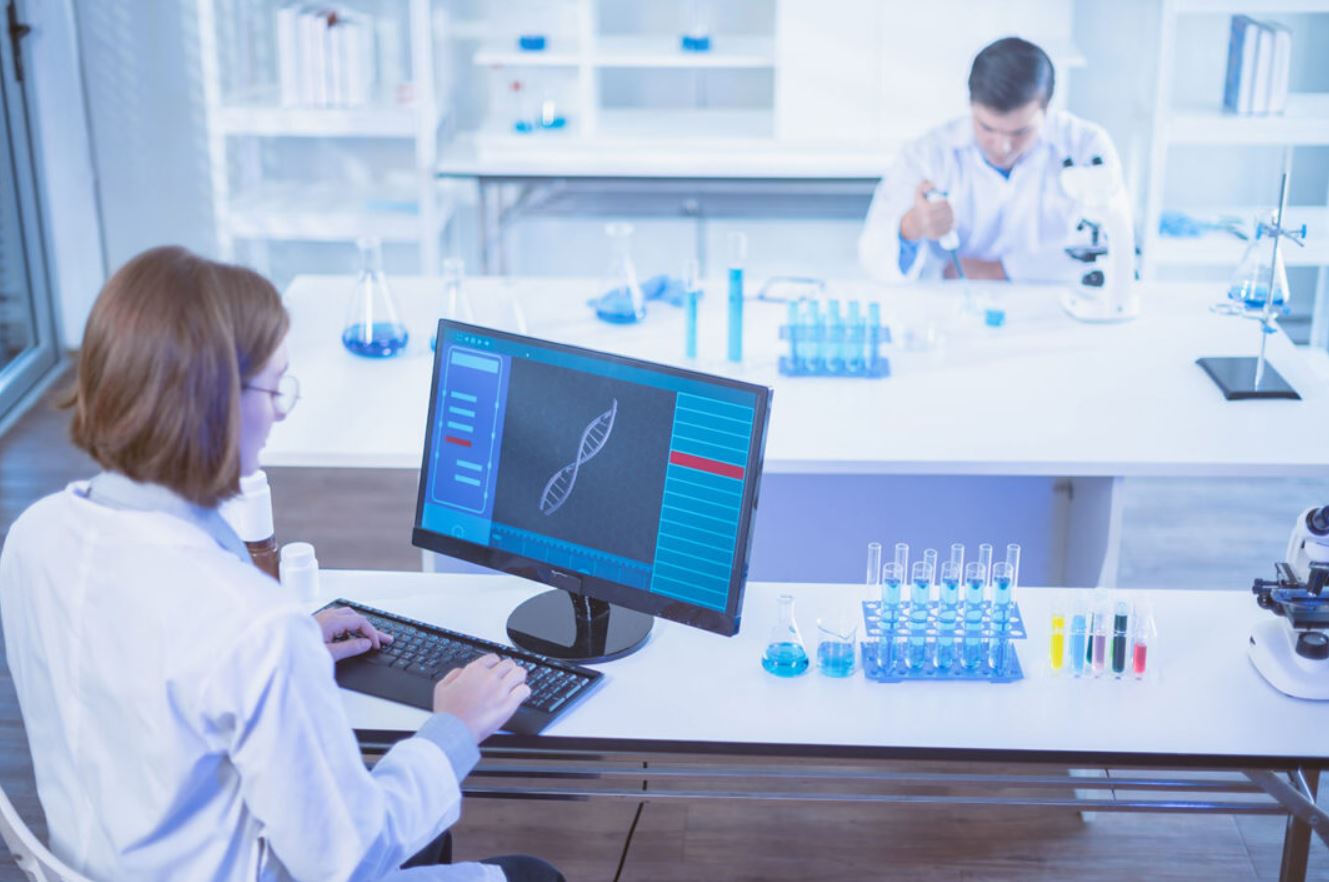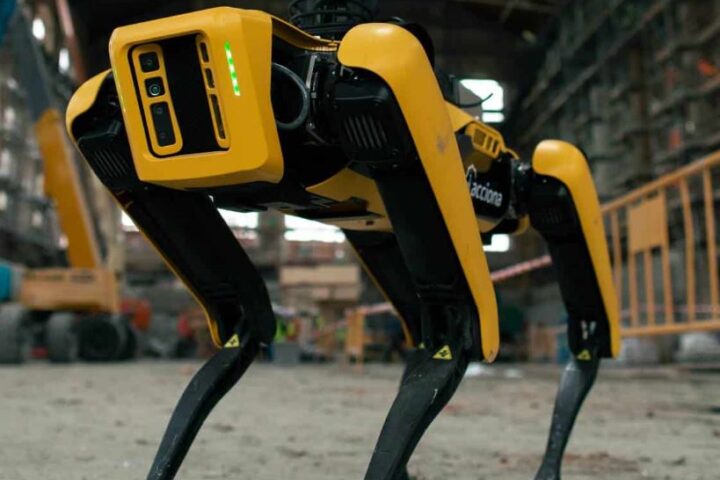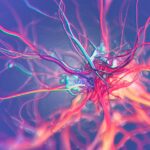 Scientists at the California Institute of Technology have developed a fresh approach to tissue engineering that might just change how we tackle reconstruction. Using a method called deep tissue in vivo sound printing (DISP), a unique bioink remains liquid until it’s hit by an ultrasound wave, at which point it solidifies into the desired form—no invasive surgery required.
Scientists at the California Institute of Technology have developed a fresh approach to tissue engineering that might just change how we tackle reconstruction. Using a method called deep tissue in vivo sound printing (DISP), a unique bioink remains liquid until it’s hit by an ultrasound wave, at which point it solidifies into the desired form—no invasive surgery required.
Early trials have been promising, with researchers printing tissues in the stomachs of rabbits and the bladders of mice. By incorporating conductive nanoparticles, they even created biosensors and drug depots capable of releasing anticancer medications when activated by ultrasound.
Traditional 3D bioprinting builds up tissues layer by layer, often using light to cure each section. While innovative, such methods are slowed down by light’s limited penetration into deeper tissues. In contrast, ultrasound can travel further without causing damage, paving the way for in-body printing that simply isn’t possible with light-based techniques.
The key lies in an improved bioink that only reacts when the right conditions are met. Delivered directly to the target via injection or catheters, this ink uses molecular chains, fatty bubbles, and other chemicals to ensure it only forms into tissues when desired. Tests on materials like pork and chicken have shown that complex shapes—such as stars and lattices—can be printed within muscle tissue, a feat earlier methods couldn’t achieve.
In practical applications, researchers have printed drug depots in mice suffering from bladder cancer, extending the release period of anticancer drugs. Trials in larger animals, like rabbits, have also demonstrated the potential of printing artificial tissues under the skin. With the option to add elements like carbon nanotubes, the bioink offers customisation that’s stable for over a year and sidesteps immune reactions.
Challenges remain, especially when printing on organs that move, like the heart or lungs. However, the integration of artificial intelligence to help adjust ultrasound intensity and temperature in real time is a promising avenue for fine-tuning this process.
If you’ve ever struggled with the risks and recovery times of invasive procedures, this approach offers a hopeful glimpse into the future of tissue repair and reconstruction.








